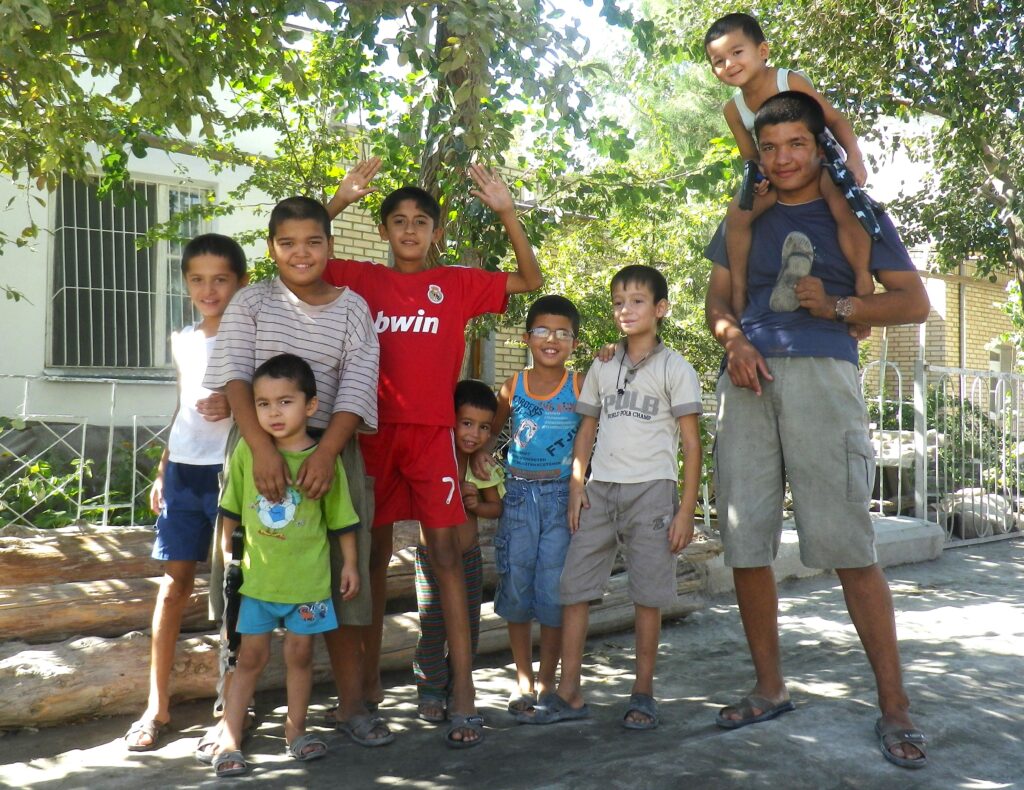Uzbekistan Adds to List of Banned Extremist Content
The Supreme Court of Uzbekistan has significantly expanded its list of materials classified as extremist, terrorist, or fanatical, prohibiting their import, production, distribution, and display within the country. Compared to last year’s version, which included over 800 items, the updated list now features 1,389 banned materials in audio, video, and text formats. The list has grown considerably across social media platforms: 203 Facebook pages (up from approximately 150); 713 Telegram channels (almost doubling from 400); 226 Instagram accounts (previously around 100); 135 YouTube channels; 35 Odnoklassniki pages; 44 TikTok pages; 13 websites; and 20 other sources. The identification of these materials is a joint effort by the Committee on Religious Affairs, the State Security Service, the Ministry of Internal Affairs, and the Agency for Information and Mass Communications. Legal Framework Under Uzbekistan’s Law on Countering Extremism, the distribution, storage, or demonstration of such materials is strictly prohibited, and access to them must be restricted. Violations of these provisions may result in criminal liability under the nation’s Criminal Code, as they pose a threat to public security and order. Historical Context Uzbekistan has steadily tightened its measures to combat extremist content. In 2018, the government adopted a decree allowing the blocking of media outlets that “promote extremist, propaganda, or hateful content on the Internet”. The following year, the Ministry of Justice published a list of 40 information resources identified as extremist. Subsequent updates to the list have reflected the government’s evolving focus on countering online extremism.






